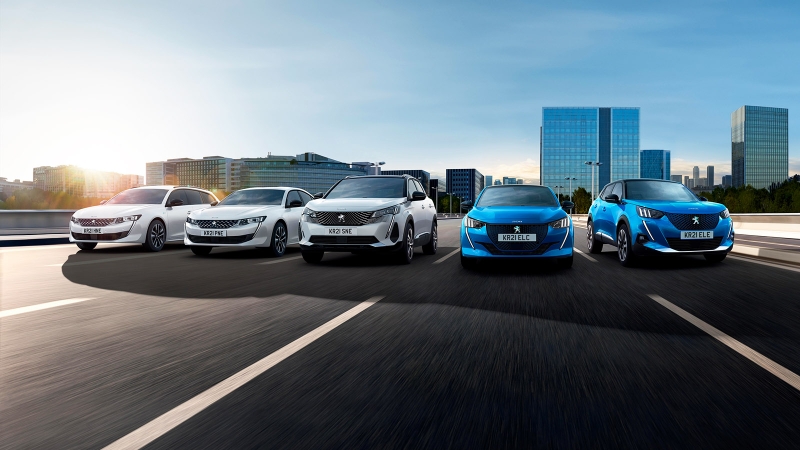
Peugeot 5008 engines, driving and performance
Gallery
How does the Peugeot 5008 drive?
The Peugeot 5008 is composed and refined and, if you don’t drive it like a sports car, you’ll probably find it just fine.
The small steering wheel helps the car feel a bit more agile than it otherwise would, and it’s not a pain to drive because it feels smaller than it is from behind the wheel. You won’t feel overwhelmed piloting a 5008 down a narrow country lane.
There are only a couple of driver aids to turn off and, while the lane-keep assist is mostly invisible, sometimes it’s very insistent – even if you indicate.
Is the Peugeot 5008 comfortable?
Peugeot has set up the 5008 to be comfortable rather than sporty, which is what most buyers want from a family SUV. It’s softly sprung and hides big impacts and potholes really well, although there’s a bit of a constant patter even on seemingly smooth roads. Blame the big wheels for that. It sometimes takes a couple of attempts to settle down on an undulating surface – that’s something we might criticise in a German car, but in the 5008 it adds to the car’s laidback character.
There’s always some tyre noise, even at low speeds. This is particularly noticeable given how quiet the rest of the car is – and the hybrid’s petrol engine is pretty quiet as well. At higher speeds the 5008’s bluff shape creates a bit of wind noise, which you’ll get used to or can be hidden by turning the radio up.
What’s the best engine to get?

We drove the entry-level Hybrid and the standard-range e-5008, which’ll soon be joined by a plug-in hybrid and a long-range electric version that’s capable of 415 miles of range on a charge.
The hybrid engine combines a 1.2-litre petrol engine, a six-speed automatic gearbox with an e-motor integrated into it, and a 0.9kWh battery. Total output is 136hp – not a huge amount of power for hauling around a large seven-seat SUV. With two people in the car, performance was fine but not at all scorching. We worry how it would feel with seven adults on board.
However, the point of the hybrid engine is to be economical, and it seems to succeed. On a 30-mile test route consisting of a bit of motorway and winding country lanes, the 5008 was showing 44mpg. At 70mph, the real-time MPG readout was suggesting that the 5008 was managing far north of 50mpg. With a longer journey or perhaps more urban driving, we’d expect that you’ll be able to match Peugeot’s quoted 52mpg.
Standard-range versions of the e-5008 come with a 73kWh battery that’s good for 310 miles – if you manage to match the quoted 4.2 miles/kWh efficiency figure. We managed 3.7, which isn’t too bad at all for such a large car.
Peugeot 5008 performance
Neither of the powertrains we tested will set the road alight, but there is a 320hp dual-motor e-5008 coming later on. Perfect if you’re always late for football practice.
The hybrid hits 0-62mph in an unremarkable 11.3 seconds and, sure enough, acceleration builds gradually.
The e-5008 we tested had 210hp but, in truth, it didn’t feel like it was nearly 80hp up on the hybrid. It doesn’t have the punch you might expect from an electric car, and an equivalent Skoda Enyaq is 1.5 seconds quicker off the mark. But the e-5008’s smoothness and linearity is predictable and enjoyable.




















































